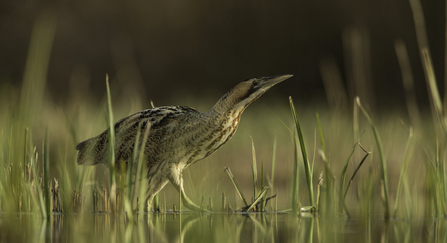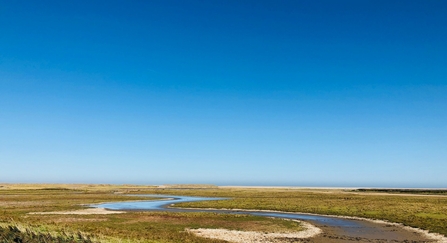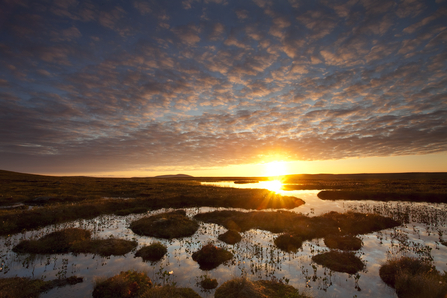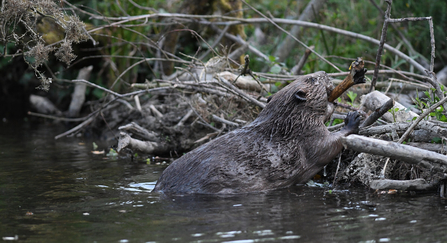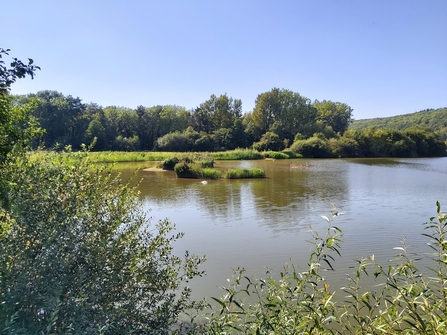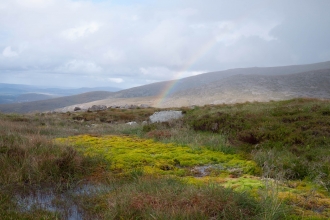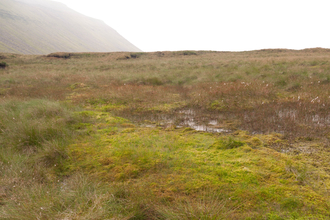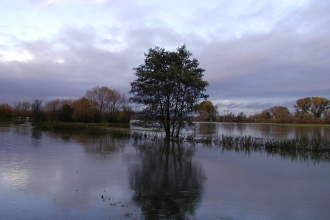1. They are exceptionally biodiverse
Wetlands are exceptionally biodiverse habitats, with thousands of animal and plant species around the globe being heavily dependent on them. In fact, it is believed that 40% of all the world’s species are dependent in some way on the continued existence of wetland habitats. With the term wetland meaning any habitat that is seasonally, or permanently, saturated by water, wetlands are also exceptionally diverse in character with a great variety of different types found around the world. These can range from reedbeds, swamps, peat bogs, mangrove forests, saltmarsh and fen to name but a few. Each of these wetland types supports a unique suite of species, some of which are entirely endemic to that particularly habitat; for example, the famous booming bittern only breeds in the reedbeds of Europe and Asia.


